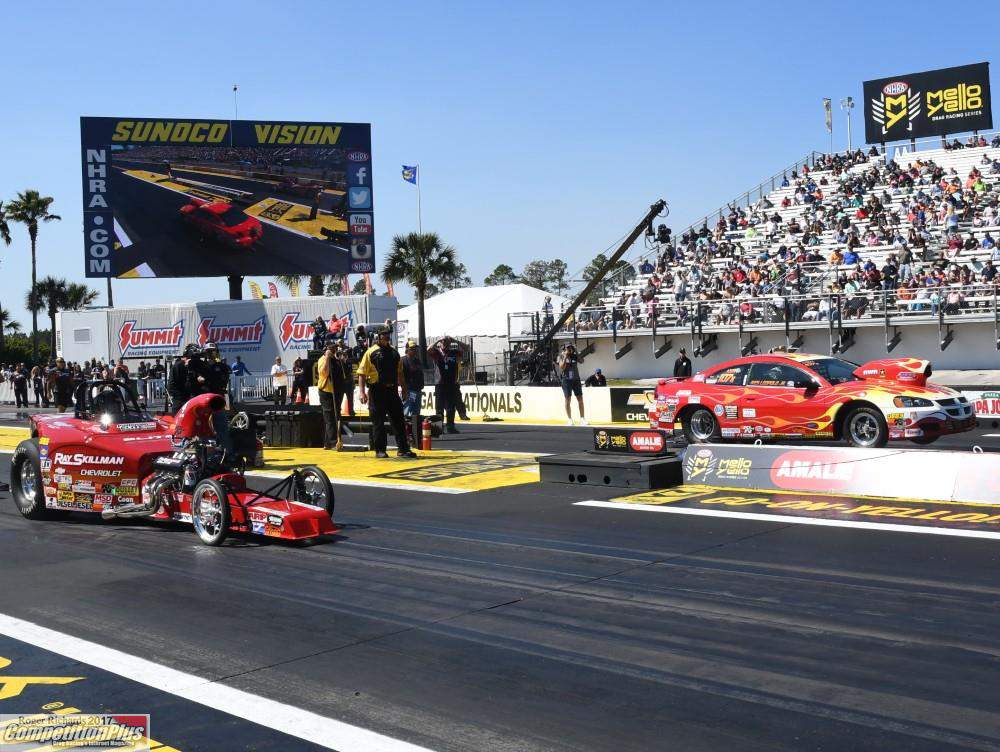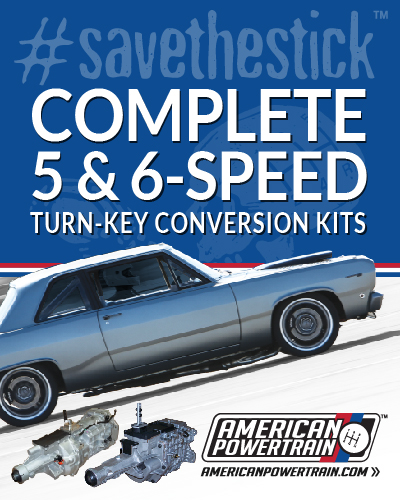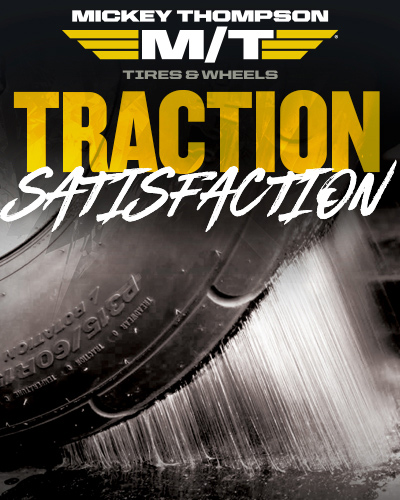DRIVERS WELCOME CHANGE TO NHRA COMP QUALIFYING FORMAT
 When next year’s NHRA season gets underway, the Competition Eliminator class will implement changes to its qualifying.
When next year’s NHRA season gets underway, the Competition Eliminator class will implement changes to its qualifying.
For the 2018 NHRA Lucas Oil Drag Racing Series all competitors who have a Personal Index will qualify off that index. Competitors who do not have a PI will continue to qualify off the Class Index.
Class and Personal Indexes will remain unchanged. Competitors who adjusted their index (Personal or Class) in two classes during the 2017 season will be permitted to change classes in 2018.
Prior to 2018, competitors qualified off the Class Index.
As example, if a driver had an index of 7.50 seconds and the driver took five Personal, his Personal Index would be 7.45 seconds and everybody else would have an index of 7.50 in the class. In qualifying, drivers would qualify off the Class Index so this driver’s qualify position would be based off the 7.50. Then, this driver, in first-round of eliminations his index would be 7.45. The Personal Indexes have only been around since the 2016 season.
“It wasn’t that bad for the first year because not that many people had Personal Indexes,” said Competition Eliminator driver Greg Kamplain. “Then, this year, especially from the middle of the year on, there were so many people who were down anywhere from five to 10 that the ladder just didn’t make any sense. The ladder was based off your Class Index, but if you were down 10, you might be the No. 1 qualifier and couldn’t outrun the No. 4 qualifier because as soon as first round came it was based off your Personal Index as far as your index on the board. So, we asked them to change it now to where everybody qualifies off your Personal Index, so you should be where you should be on the ladder, and it just makes more sense.”
Fellow Competition Eliminator driver Frank Aragona Jr. concurred with Kamplain in some respect.
“Personally, I think this change is for the good of the class,” Aragona said. “Most of the racers want it that way. It makes a little more sense in one aspect and makes a little less sense in the other aspect because you do have the potential of having a faster car in the same class qualify lower on the list. It does make sense for the Personal Index because if you have Personal Index and your 60 under the Class Index, but 50 under your Personal Index, you are 50 under first round anyway. I could see some of the guys making points where they would rather see that and have it be less confusing for the indexes, but it also going to be tough on certain guys because the faster guys who have taken Personal Indexes, now it’s going to be harder for them to qualify higher up. They are going to have to work a little harder and spend a little more money. It is like a Catch 22.”
 In the old format, if a driver went .61 under his or her index, the entire class got hit one. With the Personal Index, if a driver goes .61 under he or she will be the only one in the class who gets hit one. If the driver goes .65 under, he or she will be the only one who gets hit five. The only time the entire class gets hit is if a driver goes .71 under.
In the old format, if a driver went .61 under his or her index, the entire class got hit one. With the Personal Index, if a driver goes .61 under he or she will be the only one in the class who gets hit one. If the driver goes .65 under, he or she will be the only one who gets hit five. The only time the entire class gets hit is if a driver goes .71 under.
Kamplain used his personal index to further explain his point. Kamplain has been drag racing since 1974 and he’s been racing in the Competition Eliminator class since 2004.
Kamplain drives a B/Econo Dragster and the Class Index is 7.55 seconds and his personal index is 7.46.
“My personal index is nine slower than the Class Index, so now when I qualify off my Personal Index, I will be placed on the (qualifying) ladder based on how I go under my Personal Index not the Class Index,” Kamplain said. “Before it was everybody was off the Class Index, so then going into first round it would seem odd because you weren’t really where you were supposed to be on the ladder. Now, our qualifying positions will make sense compared to our indexes on the board for first round. I have the capability, with different motors, to run three different classes in the same car, so I can do C/Dragster Automatic, B/Dragster Automatic and B/Econo.”
Kamplain is the representative for the Competition Eliminator Class in NHRA’s Division 3.
“I emailed all the drivers who compete in Comp Eliminator in Division 3 and told them that I wanted to take a vote whether we should qualify off Personal Indexes or leave it like it is and out of the 27 or 28 answers I got, only three people wanted to leave it alone,” Kamplain said. “I reported back to the other NHRA division reps and I believe the lowest percent to change it was 70-percent and most of the divisions were 90 percent or more in favor of changing to the way it is now (and will be in 2018). If they are going to stick with the Personal Index system, everybody needs to get used that being their index and I think this is one step toward getting everybody to feel or think that way”
Aragona has been racing in the Competition Eliminator Class since 1994. He presently pilots an E/Dragster Automatic Dragster. He finished second in the 2017 Competition Eliminator world standings. Aragona competes out of Division 1.
“It seems like the majority of the racers wanted this change, so we went with it,” Aragona said. “On a personal basis, I probably didn’t want it at this point, but you are going to have that because if I didn’t have any Personal Index, I probably would want it. For the class as a whole, I understand why it makes sense with the Personal Index system we have in place today that more racers want to see it.”


















